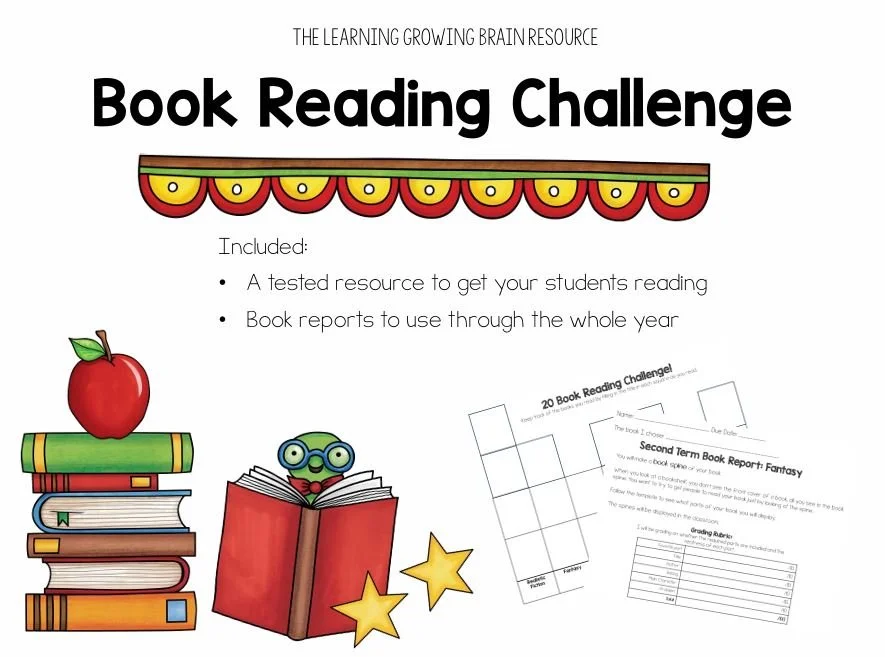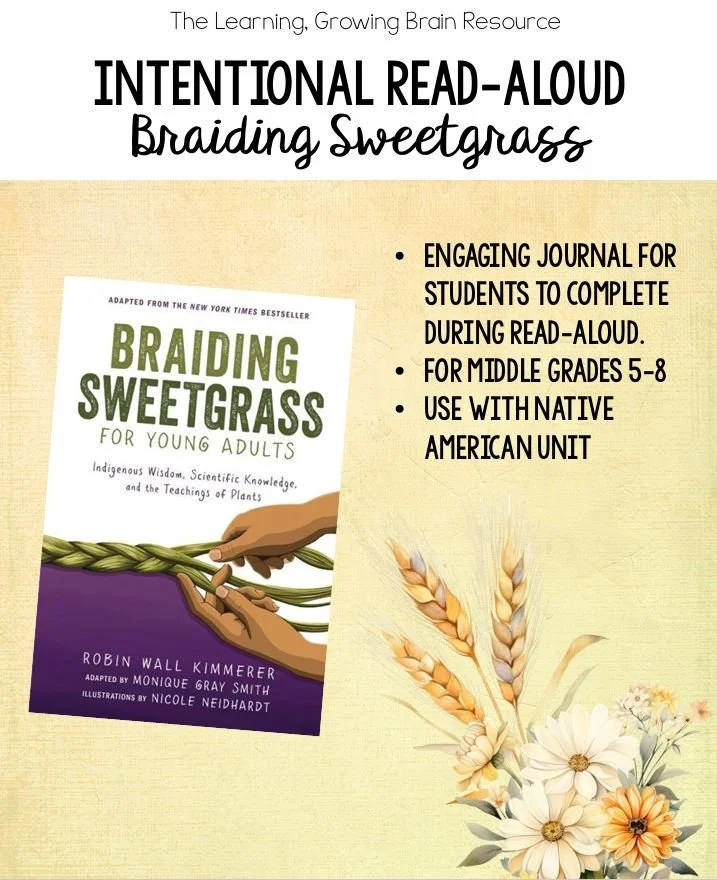How to structure an engaging Language Arts Routine
Are your students bored during Language Arts? Are they unengaged? In three simple routines you can engage students in reading daily. By setting this routine at the beginning of the year you can ensure interest in reading all year. The three steps include: whole group cloze reading, small group reading groups and independent reading through a motivational challenge.
Whole group Cloze reading
Let’s face it. We are given a reading curriculum. When talking about fluency, the curriculum gives us what to teach but it doesn’t always tell us how to teach it. Frankly, I’ve tried many different ways of teaching reading; round robin, popcorn reading, reading all together, etc. With all of those methods, not all students were active participants. I wanted all my students to be following along and reading the text. That’s when I found Cloze reading.
What is Cloze reading? Cloze reading is where words are systematically removed while reading and students fill in the missing words. What this looks like: students are using their finger to track in the book what is being read. The teacher is reading aloud, modeling good reading. While reading the teacher will pause on a word in the text and the students will read that word all together. This ensures that they are following along. Throughout the reading the teacher walks around the room to ensure students are tracking.
A couple of pro tips. #1: before reading aloud with the class, read through the text personally and pick out the words you will pause on. Find the important words on the page that lend themselves to the comprehension strategy that you want to highlight. #2: I always get push back when I teach the kids about finger tracking. Teach the kids that it has been scientifically proven that if you finger track you will retain the information that is read better. #3: to encourage students to continue following along I always reward the students that I see responding every time I read. You can also have just the girls call out the words or just the boys and see which group is reading “better” a healthy competition never hurts! #4: choose words to pause on occasionally that are difficult words so that you can have a built in phonics lesson.
Cloze reading is not a comprehension strategy in and of itself but you can imbed comprehension strategies as you read. Find places in the text to pause and ask questions about the text. As you read through the text on your own before, find those places and write out the questions to ask (don’t forget to include those higher level thinking questions). Lots of times your reading program will contain what comprehension strategies to focus on and even give suggestions of questions to ask. If multiple comprehension strategies are given for a lesson- try to focus mostly on one strategy per story. You can still hit on other strategies but have a heavier focus on just one.
Small Group reading
It is important to have students read together to practice the reading skills that were modeled during whole group reading. I begin the year in small reading groups reading small books that are included in my curriculum. As students get tired of those, I move them into novels.
At the beginning of the year, I assess students reading abilities and then make small groups. I make sure to evenly distribute low and middle readers into groups of 3-4. This is important! I don’t want to put all my low reader’s together, the low reader’s need to have group members that know how to read relatively well. My top 4-5 reader’s I will put in a group together. I like to give these high reader’s a challenge with the book they read in order to help them stretch so I don’t integrate them with the low and middle readers. Make sure your groups are compatible. I only change groups once a year! I do this because novels take longer to read and I want to make sure they have plenty of time with the group to complete a novel. If a group completes one book can move onto another book. I will typically give them a break between novels with 1-2 weeks on a computer program to break it up a little.
Day to day students will sit in their small groups. Establish norms of what this looks like before beginning. For example maybe everyone brings a chair and they sit together in a circle; maybe your desks are in small groups and each group sits at a different table; maybe they sit on the floor in a circle. Everyone follows along in their book. Each student reads a paragraph. If there is a lot of dialogue in the book, I have them read a whole page. NOTE: you may need to teach students what a paragraph is and how they know when to start and stop their turn. I usually have them read for 20 minutes and then take 5-10 minutes to look at their reader’s notebook and work in that. (Learn more about readers notebooks in this blog post) We do this daily.
What is the teacher doing during this time? A lot of the time I will walk amongst the groups and listen to each group in turn every day. Some days I will spend my entire time with one group. Sometimes I will pull a student aside to help them independently. It honestly depends on how well the groups are working together.
Independent reading
I always give students time every day to read on their own. They have the opportunity to choose what they want and they are given the time to read it.
Oftentimes students may not want to read during this time and will try to take a nap, draw, clean their desk or do basically anything to avoid reading. If this is the case in your classroom you should try motivating them with the 20 book reading challenge.
This reading challenge not only motivates students to read but also it gets them reaching outside their comfort zone and reading different genres. If you want to read more about this, look at this blog post.
Read aloud
With so many things pressing on our schedules is it really important to make time for read aloud? I believe the answer is yes! It is a relaxing time for students to be interested in a book. I choose books that are above their reading level. That way they can be exposed to complicated vocabulary words and story lines. During read aloud I typically will demonstrate metacognition. I do this by talking aloud what I’m thinking about the book in order to show comprehension skills.
Read aloud is meant to be a relaxing, hands off time for students. I always have “thinking putty” available (kinetic sand, silly putty, etc.). Students are allowed to play with the putty while I read. Students may also draw or use watercolors at their desk during read aloud. I may also give them a “coloring book” to work in while I read. These coloring books are what I call an intentional read aloud. This is a low key way to get the kids more involved in the text. Find them in my store.



